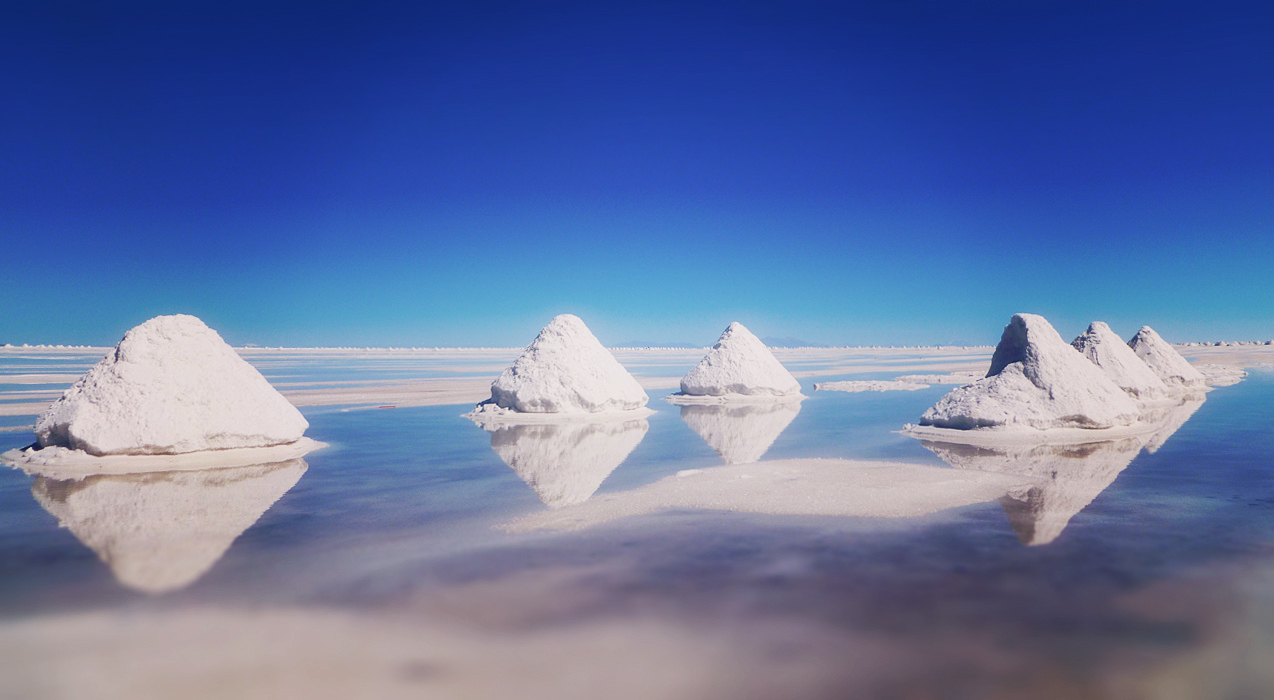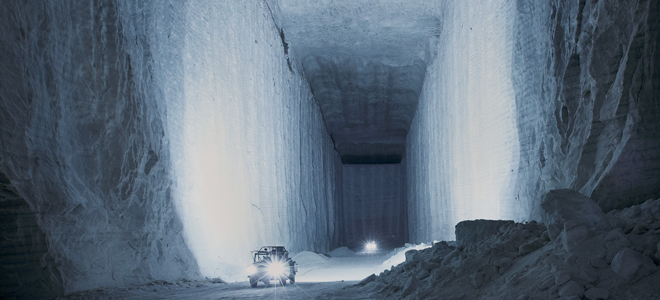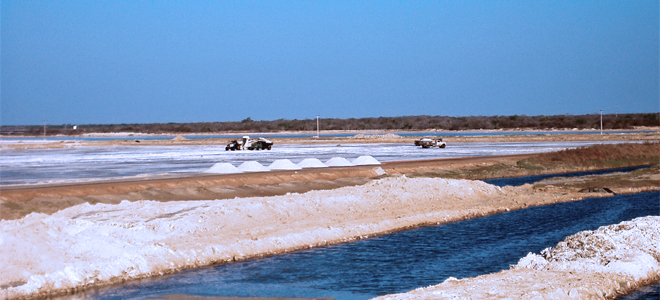
esco – european salt company has production plants in Germany, The Netherlands, France, Spain and Portugal. Every year all the group’s sister companies harvest, process and sell more than six million tonnes of salt. This dominance of international markets is represented in Portugal by Vatel. We have been present for years in the different Portuguese market segments, from industry to large food and non-food retail chains.
With its varied range of products and packaging, our brand has been an undisputed leader for long. In industry, Vatel operates in two facilities, one north of Lisbon and another in the Algarve. In Olhão, Vatel working plant is involved in the production and packaging of purified sea salt. In Alverca we prepare and package “Vacuum” refined salt.
Salt of the Earth

Its purity can reach 98.5%. Currently it represents 2/3 of the world production and dates from the Triassic period (from about 245 to 200 million years before Christ). After the evaporation of the oceans, large amounts of thick salt layers were deposited and preserved deep inside in Earth’s core.
According to the extraction method, there are 2 different types of salt:
Rock-salt: a rock-shaped salt extracted from salt mines.
Refined salt: the salt deposits are dissolved by freshwater injection.
It is possible to mount subterranean galleries and use machines to collect the salt from the salt beds, or inject freshwater to dissolve the subterranean layers which are then removed in the form of a salt solution. This salt solution or brine (salt saturated water) is pumped out to the surface and taken to a plant for evaporation. The resulting salt is then drained and dried (its final use varies according to humidity).
esco group has 3 rock-salt excavation mines in Germany.
Sea Salt

Wind and sun evaporate water from salterns, leaving the salt behind to be collected.
Salterns are covered with seawater. When this water flows into the salterns it will mix with the remains of the previous harvest and usually with rain water, resulting in nutrient-rich water.
This retained water is then gradually flooded into the next ponds (crystallizer ponds), which have 1% slope percentage.
As a rule, salterns preparation starts between March and April. The harvest begins in August, once the salt becomes completely crystallized, and ends at the end of August/September. Hot, very dry and windy days are the ideal weather conditions for a good salt harvest, because a good salinity grade depends on evaporation.
During the harvest the salter’s wish is that it doesn’t rain, the weather isn’t wet, and the sun doesn’t hide behind clouds, as these three weather conditions are very harmful to production.
Fleur de sel is hand-collected by workers from the top layer of the saltern.
Vatel has facilities for sea salt purification and packaging in Olhão – Algarve.